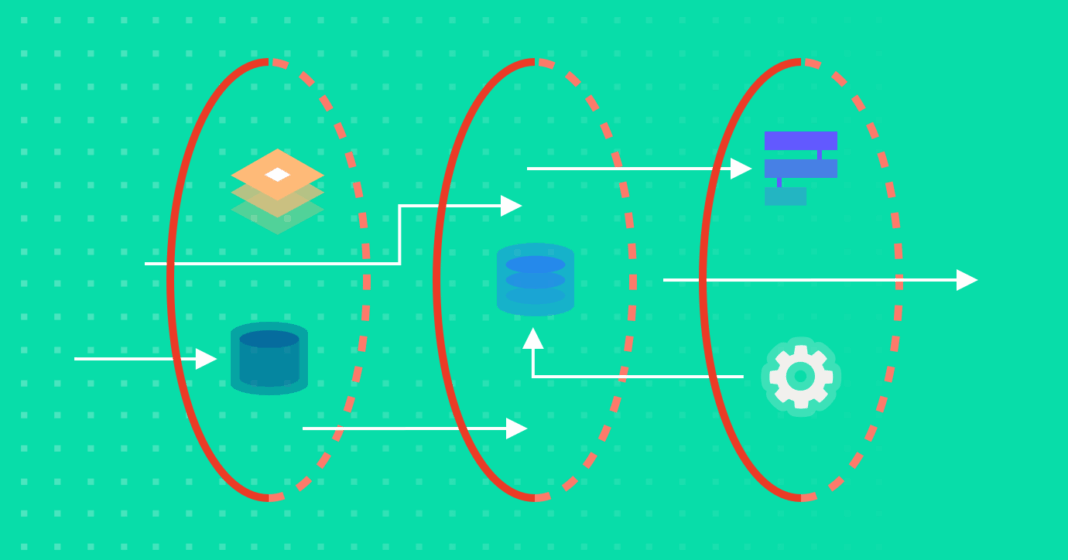Building AI-Ready Data Pipelines explores practical ways for AI data teams to transform complex data into tangible outcomes. This article delves into the problem-solving aspect of the topic, the essential building blocks required for implementation, and the key performance indicators (KPIs) to monitor. You will gain insights on prioritizing data sources, selecting appropriate models, and establishing a streamlined governance framework that does not hinder agility. The overview emphasizes common challenges, presents a straightforward roadmap from pilot projects to full-scale implementation, and suggests quick wins achievable within a few weeks. It concludes by addressing tooling considerations, necessary team skills development, and real-world case studies that validate return on investment. Written in a beginner-friendly and practical format, this article aims to offer actionable guidance while minimizing technical jargon.
To build AI-ready data pipelines, teams in AI data must first understand the importance of effectively converting intricate data into measurable results. This process involves identifying the underlying issues that need resolution, establishing foundational components for successful execution, and defining relevant KPIs to monitor progress. Prioritizing data sources based on their impact on AI model performance is crucial. By selecting suitable models tailored to the specific data characteristics, teams can enhance predictive accuracy and optimize outcomes. Additionally, implementing a lightweight governance structure ensures that necessary controls are in place without impeding the deliverance of results. It is essential to be mindful of common pitfalls such as data quality issues, model overfitting, or inadequate governance protocols. A strategic roadmap from initiating pilot projects to transitioning to full production is instrumental in achieving scalable and sustainable results. Quick wins achievable within a short timeframe provide immediate value and reinforce the project’s feasibility. Consideration of tooling options, continuous team skill development, and reference to proven real-world use cases further exemplify the benefits of implementing AI-ready data pipelines.

In conclusion, Building AI-Ready Data Pipelines offers a comprehensive guide for AI data teams aiming to streamline data processing for enhanced performance and measurable outcomes. By focusing on critical components such as data prioritization, model selection, and governance optimization, organizations can achieve tangible results in their AI endeavors. The integration of best practices, avoidance of common pitfalls, and dedication to continuous improvement solidify the foundation for successful AI data projects. Through the application of the insights provided in this article, teams can embark on a journey towards building efficient, scalable, and ROI-driven data pipelines in the AI domain.



